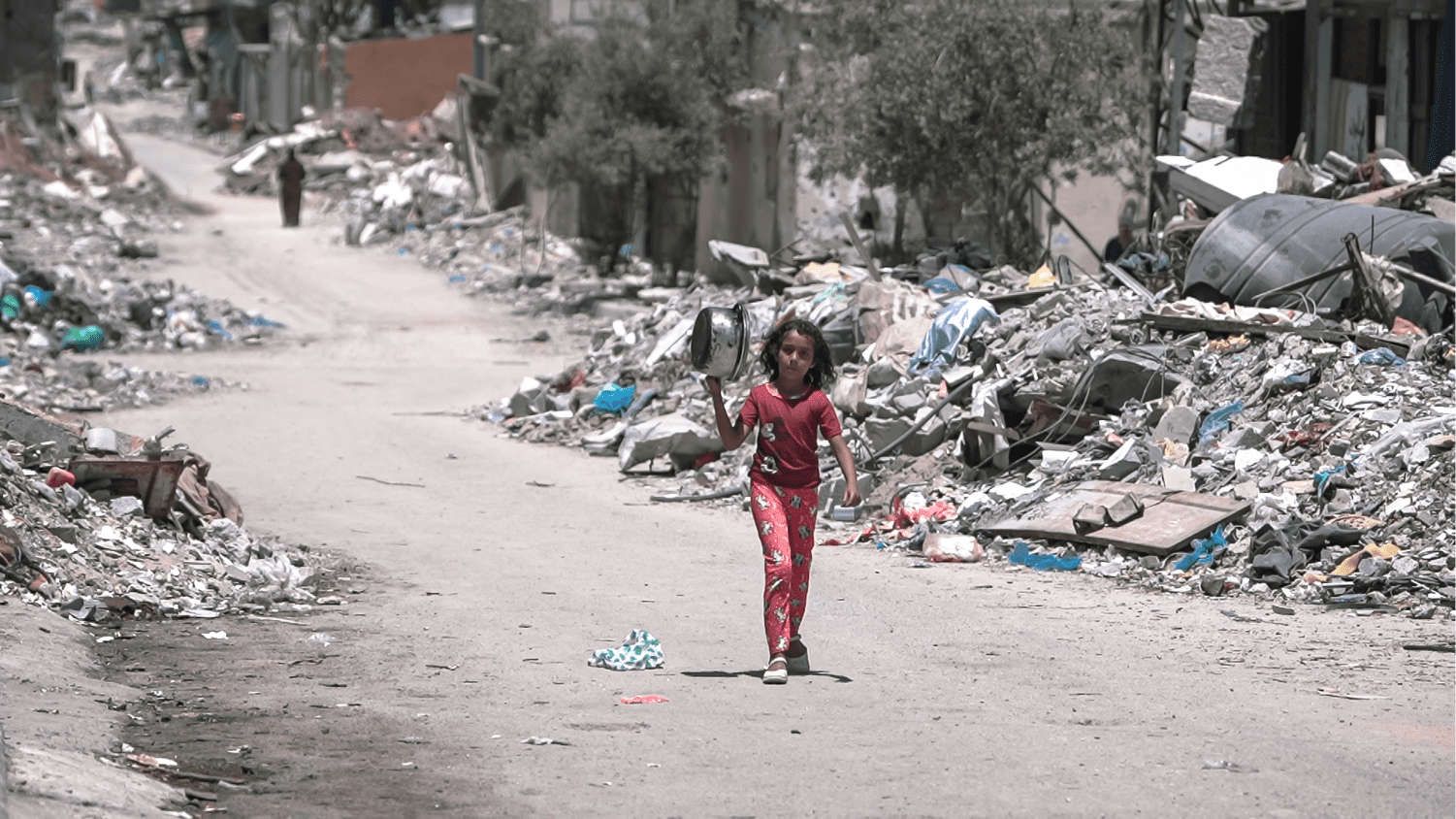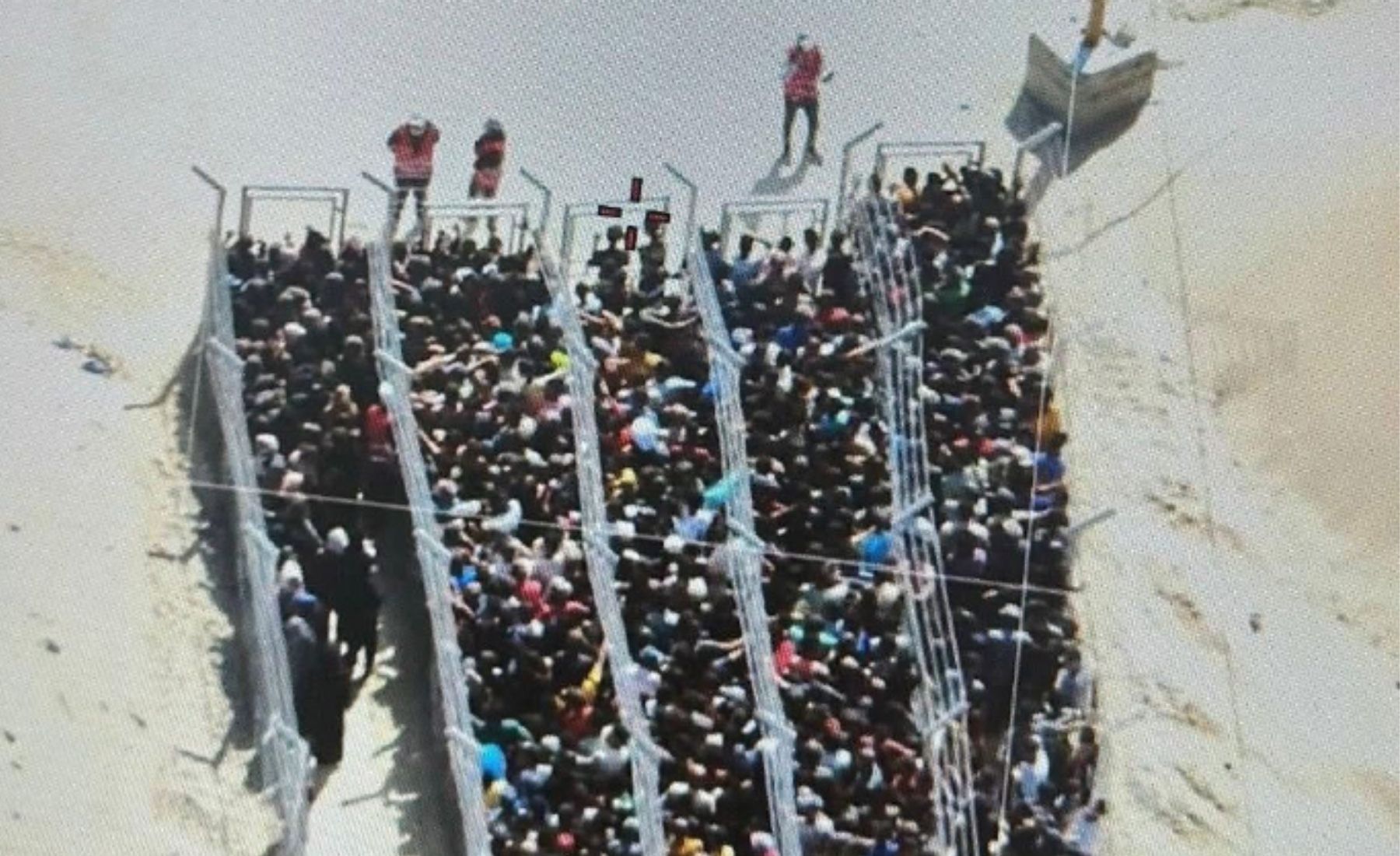On June 2nd, Finnish member of parliament Anna Kontula from the Left Alliance party, submitted a new bill to include human rights considerations in arms import, and not just export. By the proposed law, the ministry of defense would assess the human rights situation in the tenderer’s home country, as well as the possible human rights impact of the procurement as part of the tender for military procurement.[1] The existing logic behind banning the export of arms that could be used to enact gross human rights violations (including war crimes or crimes against humanity) is rather simple – if a country is bombing innocent civilians, other countries should not be providing them the missiles to do so. The logic of the proposed Finnish law, expanding this to import, requires a bit more explanation and understanding of the global arms industry and trade.
The Israeli military industry is a good example of this global system. After the 1973 war, the Israeli government decided to invest more heavily in the Israeli arms industry. The reasoning given was that during the war, due to different political considerations, arms shipments to Israel were delayed. To prevent this dependency on import, the government decided to give an economic boost to its own arms industry. But while the Israeli arms industry did indeed grow dramatically since, and is now in the top 10 largest military manufacturers globally, most of these weapons are not used by Israel in its own ongoing wars and occupations. 75% of the production of the arms industry is for export. That export is part of the structure of the military industry, and the income from exports is what allows for the level of research, development and manufacturing that we see today.
But the remaining 25% that are used locally by Israeli forces are just as important. The Israeli military industry markets its products based on their use by the Israeli military in the field – based on the weapons being “battle proven” or “battle tested”. And so we have a circular system: the 75% of arms manufactured for export fund further development of weapons, 25% of which will be used by Israel, tested and showcased in battle, increasing arms sales and export, feeding back into that 75%. And this is not just in Israel – every large military industry in the world today relies on exporting arms to further develop its own manufacturing and uses its own use of these arms to market them and increase those exports. It’s a fundamental part of how the military-industrial complex manifests today.
To make this more concrete, we can look at the last Israeli attack on Gaza. Here’s a short, and very partial list of weapon systems used by Israel in this last attack: F-35 Fighter Jet, F-16 Fighter Jet, F-15 Fighter Jet, SPIKE Missiles, Apache attacking helicopter, Iron Dome, Phyton-5 Missile, JDAM Guidance Kits, Hermes-450 and Hermes-900, Sa’ar 4.5 and 5 patrol boat, Super Dvora-MK ship, Merkava 4 Tanks, Skylark UAV, Harop, Seagull USV and the Heron TP drone[2]. These are manufactured by a large variety of Israeli and international companies. The Israeli ones include Refael, Israeli Aerospace Industries, Elbit, Israeli Shipyards and others. The International ones include some of the biggest arms manufacturers in the world: Lockheed Martin, General Dynamics, McDonnell Douglas, Boeing BEA systems and more.

On June 1st, less than two weeks after the ceasefire, Israeli Aerospace Industries (IAI) published a press release about a 200 Million USD sale of Heron drones. The Hebrew press release read: “Drones from the Heron family are the most prominent of the IAI drones and played an important and crucial role in collecting intelligence in operation “Guardian of the walls”.” In English this part of the press release was actually excluded. CEO of IAI, Boaz Levy, continued saying: “The deal is a testament to our customers’ strong satisfaction with the Heron UAVs, including their operational and technical performance”[3]. Once again, Israeli military companies clearly profited from the use of their weapons during the attack on Gaza. An attack in which at least 129 Palestinian civilians were killed, of them 65 children, over 1,000 destroyed homes, and over 1,000 more severely damaged leaving over 8,000 people without a home[4].
During this operation, there was a debate in the US Congress about the transfer of JDAM Guidance Kits manufactured by US company, Boeing (munition guides that Israel used throughout the operation as it was just the current shipment that was frozen), to Israel. However, there was no need for a debate about Israel’s use of its own drones: not about the Hermes 450 drone (that in previous attacks on Gaza we have evidence bombed and killed innocent children), and not about the Heron TP soled again after the operation to an undisclosed country. This is because these are Israeli arms – there could be no foreign legal framework that would prevent Israel from utilizing weapons it manufactures in-country. However, there could be a legal framework that would prevent Israel from profiting from these weapons and their utilization.
And this is where the Finnish bill comes in – the idea is simple, if a country doesn’t want to see its missiles bombing civilians, it also should make sure it doesn’t then buy missiles that were “battle proven” or otherwise used and marketed in those bombings of civilians. This law operates under the principle that funding a foreign military industry isn’t much different than arming a foreign military.
The Arms Trade Treaty – the main international treaty seeking to regulate arms transfer, including in order to preserve human rights, speaks of arms transfer rather than export or import purposefully, to be able to address this exactly: “For the purposes of this Treaty, the activities of the international trade comprise export, import, transit, trans-shipment and brokering, hereafter referred to as “transfer”[5]. Yet while many countries have, at least formally, clear human rights standards when it comes to arm exports, that is not the case when it comes to arms import. This is why this Finnish bill is so important, it understands how the arms industry actually works, and clarifies that countries should create frameworks that prevent them from supporting gross human rights violations through both bombs and dollars.
[1] http://annakontula.fi/2021/06/02/lakialoite-laiksi-julkisista-puolustus-ja-turvallisuushankinnoista-annetun-lain-muuttamisesta/
[2] https://www.forbes.com/sites/sebastienroblin/2021/05/26/israels-bombardment-of-gaza-methods-weapons-and-impact/?sh=688951332f44
[3] https://www.iai.co.il/iai-signs-200-million-usd-uas-services-contract-with-a-country-in-asia
[4] https://www.ochaopt.org/content/gaza-strip-escalation-hostilities-3-june-2021
[5] The Arms Trade Treaty, Article 2, https://thearmstradetreaty.org/treaty-text.html?templateId=209884


